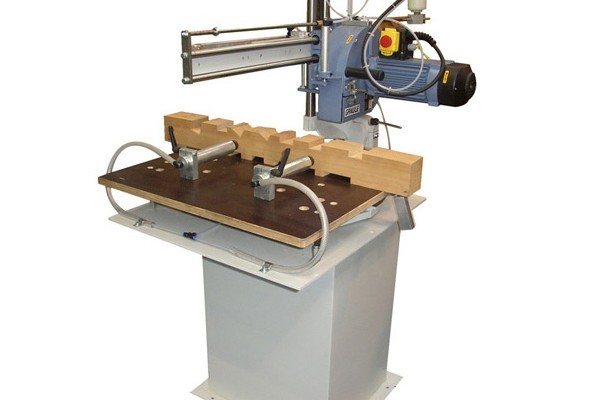What can you do with a robot?
I get to hear many different views from clients about what a robot can do...
Many think it's extremely limited and many think it can do anything! It's an interesting mix and I often have to explain how I believe a robot can, or can't do certain tasks.
Below are some common possibilities for a robot, starting with the easiest tasks to more difficult tasks:
1️⃣ Point to point movement. If your process involves going from point A to point B, where those two points are exactly the same each and every time, this is ideal for adopting a robot. It is the easiest process and the easiest thing to program. It's why robotics have been used in the automotive industry for a long time as the product is very repetitive and the robot is doing the same thing over and over again.
2️⃣ Machine tending. If you are repeatably feeding the same parts into a machine, a robot can easily be left to do this relieving the labour to do other tasks. The metal CNC industry has heavily adopted this as skilled CNC machinists can be freed up to setup other machines instead of being stuck feeding parts into one machine. If you feed parts to machines, you should consider a robot to do this mundane task.
3️⃣ Palletising. Loading your parts or boxes to a pallet is very common now for a robot to do. Again, it is relatively easy for a robot to do and eliminates a person having to lift potentially heavy items in awkward positions. If its the same part being loaded over and over, then you should consider a palletising robot on your shop floor.
4️⃣ De-palletising. If you're taking products off a pallet to deliver to a machine, much like machine tending, it can easily be done. De-palletising can be trickier than palletising due to parts on the pallet may not be in the expected position, especially if has been palletised elsewhere and parts could have shifted in transit. However, with a few sensors and a little more programming, the robot can adapt to the part position to successfully de-palletise the parts.
5️⃣ Dispensing. If you have a need to dispense liquid, glue, silicon, sealant or other fluids, onto your part, then a robot can be programmed to follow a path and with a suitable dispensing tool, will give accurate dispensing every time.
6️⃣ Buffing, de-burring, sanding or polishing. If you're repetitively having to finish your products, a robot can take over this task, which often causes the bottleneck of production. With sufficient programming, the robot can be programmed to follow the edges of parts removing the rough areas that you want to get rid of.
7️⃣ Welding. Similar to above, the robot can be programmed to follow the shape where welding is required. Attaching a suitable welding head will achieve consistent results and there's many specialist welding robotics companies available to deliver robots for this growing sector.
8️⃣ Assembly. If you're nailing, sticking, screwing or any other form of material attachment, you could use a robot to take over this task to make the process quicker, and more consistent as well as eliminating some dangerous tools from operators hands.
Also consider the mix of parts you produce. If you produce lots of the same product, then the robot needs less input and programming. If you make lots of different products, or products that are the same, but vary in sizes, this adds complexity to the robot requirements, as the robot may need to adapt it's position to suit the product size.
How the robot "knows" what product it is dealing with can vary in many different ways, from operator input, sensors to detect product sizes, vision systems to intelligently detect products or barcodes to scan product data.
But, before jumping into thinking about robotic adoption, think about your current processes and how they can be improved to enable smoother robotic integration.
For example, if you have a previous process where the part is moved by pallet to another machine, consider having it automatically feed to a conveyor so it is presented to the robot in the same place every time. Without adopting this process change, you'd probably have to look at the use of an expensive vision system, adding complexity to the process and increasing the likelihood of system failure.
I always refer to the 'KISS' principle.
➡️ Keep
➡️ It
➡️ Super
➡️ Simple
The simpler your step-by-step process is, the better able you are to adopt automation and robotics.
Having witnessed the automotive assembly processes for Toyota engines early on in my engineering career, its fascinating to see how small simple steps can be brought together to make such a complex engine and how so much of it is able to be automated.
Has that helped you consider what you can do with robots in your business?
If you have questions about robots or are confused about some information you may have heard, please get in touch with our robotics and automation team who will be happy to help. Visit woodworking robotics to browse our range of robotics applications tailored to the woodworking industry.
Author: Mark Lee, Robotics & Automation Project Engineer at JJ Smith




















